'Extraordinary': George Washington's 250-year-old cherries found buried at Mount Vernon
Archaeologists found something incredibly rare in the cellar of George Washington's home at Mount Vernon: Two intact jars of cherries buried in the basement of the first U.S. president's house.
Nick Beard, project archeologist at Mount Vernon, told USA TODAY on Tuesday that he had been excavating the basement "for quite a while" when he saw the lip of one of the jars in November.
When the bottle started to peek out from the earth, he proceeded carefully but said he didn't think it would turn out to be anything out of the ordinary, adding that it's common to find wine bottles and glasses at the site about 15 miles south of Washington, D.C.
In fact, Beard stepped away from the bottles to help on a more immediate project. Only when he returned several weeks later did he realize what he discovered.
As he worked, more and more glass became exposed. He tried to wiggle the glass out of its resting place, but when he did his fingers got a little wet.
That's when he noticed whatever he was working on was full of liquid.
"Which means if it's that full of liquid then it has to be intact enough to hold that liquid," said Beard. "That's not common, so that immediately got me excited."
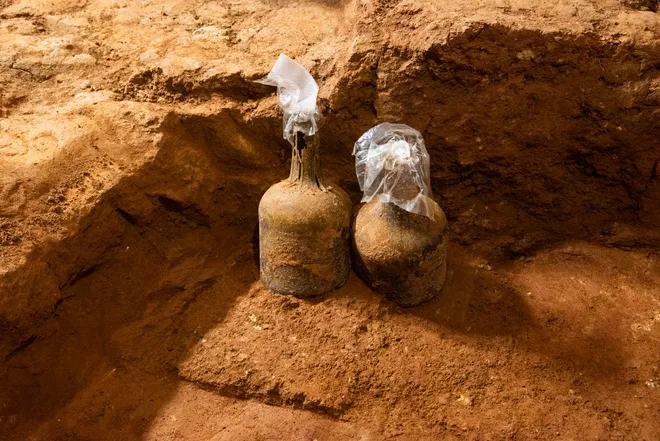
Uncovered jars reveal centuries-old cherries
When Beard further revealed the jars, he called other archeologists to come check his findings.
The jars were fully excavated on March 22. The cherries were removed from the bottles to help preserve the glass, but after April 30, the glass will be sent off for conservation. Its contents will be sent to a lab for analysis and be tested in a controlled environment by specialists, according to a press release from Mount Vernon.
"It's extraordinary," Jason Boroughs, principal archaeologist at Mount Vernon, told USA TODAY on Tuesday, saying something similar has only happened twice in Virginia in the past six decades:
- 1966: Preserved Morello cherries were found in Williamsburg.
- 198: Bottles of preserved cherries were discovered during an excavation led by Dr. William Kelso in Monticello.
The latest discovery is a part of the privately funded $40 million Mansion Revitalization Project at Mount Vernon.
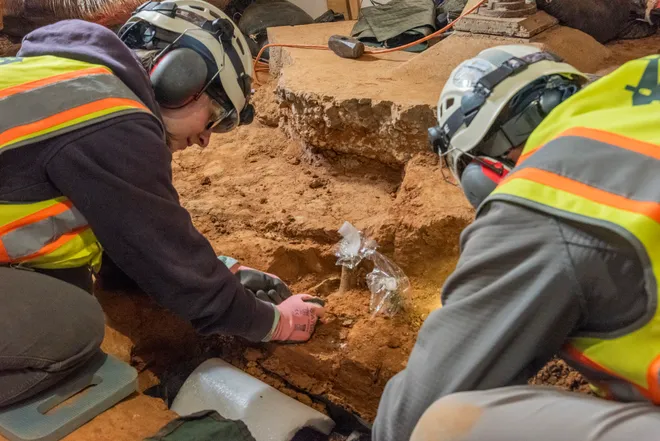
What was in the jar?
Beard and Boroughs said that cherries and a mystery liquid were found in the jar. And the cherries, Boroughs said, actually look like cherries, even after hundreds of years.
"They're plump, they have flesh, they have pits and stems," Boroughs said. "They don't look as if they've been sitting in a bottle for 250 years, although they have."
The liquid inside even smelled like cherry blossoms, according to Mount Vernon.
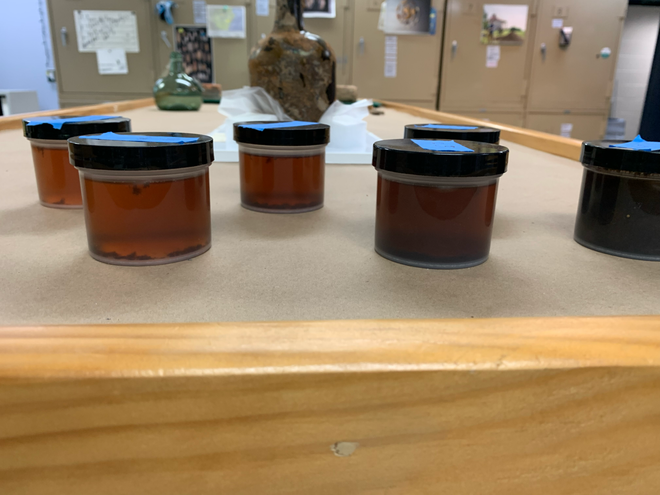
The cherries in the bottles were probably dry when they were buried, Boroughs said.
While the archeologists know what the cherries are, the liquid is still a bit of a mystery.
Lily Carhart, curator of the preservation collections at Mount Vernon, said it's possible the groundwater got into the bottle after the cork that sealed it deteriorated.
The liquid still needs to be tested, Boroughs said. And there is a small possibility it could've been a type of alcohol, like a brandy or cognac.
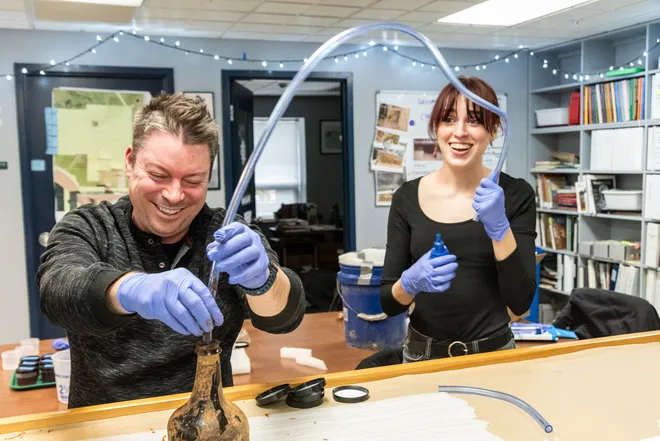
Why were the cherries buried?
Enslaved laborers picked the cherries, wiped them off to avoid condensation and placed them into the jar. Then, that jar was corked and buried sometime between 1758 and 1776, when both George and Martha Washington were living at the home, according to Boroughs.
He added that the method would've kept the fruit inside the bottle preserved for up to a year. It was one of the most popular ways to preserve berries and its how folks in colonial America preserved food before there were refrigerators.
"It pretty much keeps them isolated and sealed from the atmosphere, from air and from fungus and other things that could attack" he said.
According to Boroughs, the cherries were supposed to be served on George Washington's dinner table, but instead were forgotten and buried under a brick floor that was placed in the 1770s, sealing its fate as a sort of a "time capsule."
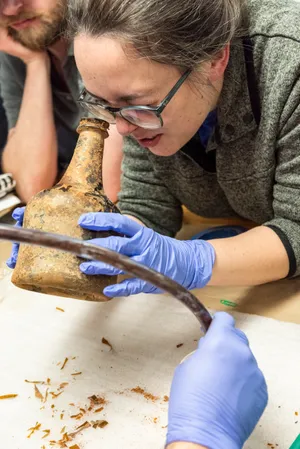
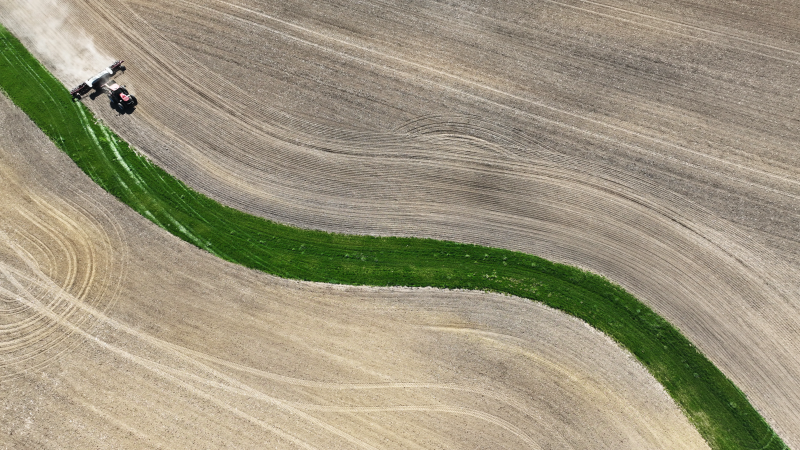
Can you still eat the cherries?
"You would not want to put that close to your face," Carhart said about the cherries.
Boroughs said that it could actually be possible to eat them, but "nobody wants to try."
Why is this discovery significant?
Boroughs said the discovery is remarkable because he "can't count the number of times 18th-century food remains have been found intact" the way the cherries were.
"We're the first people to touch these objects since they were put in the ground by an enslaved person," Boroughs said.
While the discovery itself is incredible, the archeologist said the stories that can be uncovered from it are just as amazing.
"We think of these items sort of as the material bits of lives that we can recover from the ground," Boroughs said. "These bottles tell stories. They're attached to people who had real lives and if we know how to put the pieces together, we can piece together something about their lives."
Beard added that it feels "surreal" to have such an "immediate connection with the people that lived back then."
Disclaimer: The copyright of this article belongs to the original author. Reposting this article is solely for the purpose of information dissemination and does not constitute any investment advice. If there is any infringement, please contact us immediately. We will make corrections or deletions as necessary. Thank you.





